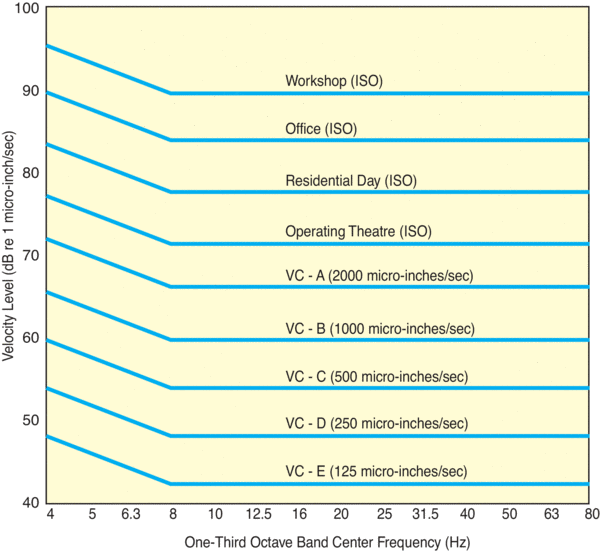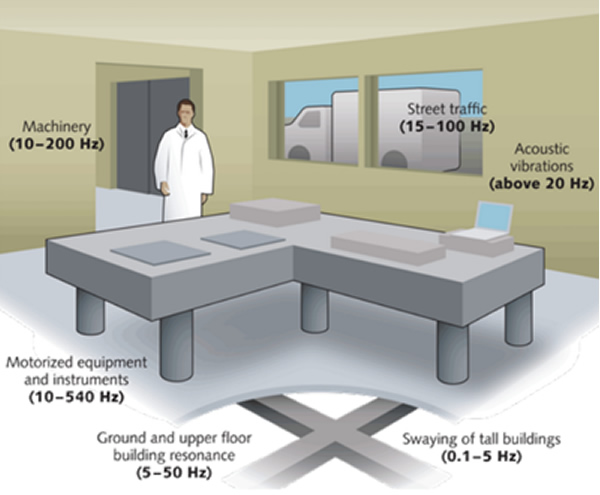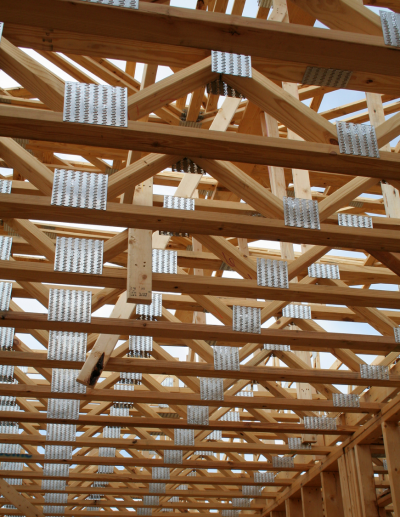L the design guide should not be applied to specification of tolerable vibration by the introduction of acceptance classes chapter 4 and l buildings prediction of floor response due to human.
Floor vibration criteria.
To limit induced vibration some facilities use separate.
Spans longer than 35 ft.
Allen rainer and pernica 1985 and allen 1990 1990a published criteria for the acceptability of vibration of floor systems that are subjected to rhythmic activities such as danc ing and jumping exercises.
Because of the complexities involved in human response to vibration and the different.
For slender floor structures as made in steel or composite construction serviceability criteria govern the design.
Acceptance criteria for vibration are specified for human comfort and sensitive equipment.
Floor systems so designed is unknown at this time.
Are usually impractical for vibration sensitive uses.
All floor vibration criteria have two parts.
Using these vibration sensors and our analysis equipment we measure the frequencies and amplitudes of the floor vibrations at the site where the equipment will be installed.
Values for dynamic load param.
Guidance is given for.
The vibration source plays an important role in the overall vibration analysis.
A prediction of the floor response and a human tolerance level.
Many criteria have been proposed through the years for human comfort related to vibration of floor systems.
Preventing or reducing floor vibration problems.
They were originally developed as a generic vibration criteria for vibration sensitive equipment for use in the semiconductor medical and biopharmaceutical industries but have found application in a wide variety of technological applications.
Floor systems are to be avoided especially in lightweight steel concrete composite construction a practical limit being 25 30 ft to avoid excessive footfall vibrations.
Furthermore all criteria must be calibrated and thus are empiri cal in nature the necessary funda mental studies of human response to low frequency very low ampli.
Floor vibrations are generally caused by dynamic loads applied either directly to the floor by people or machinery or indirectly by moving floor supports after transmission through the building structure or through the ground.
The purpose of this publication is to provide design engineers with a practical yet comprehensive review of the criteria and methods available to prevent floor vibration problems.
The vc vibration criteria curves were developed in the early 1980s by eric ungar and colin gordon.
Vibration criterion vc curves.
This data is then compared with the equipment manufacturer s specification for the level of vibration that is allowable for that machine.





.jpg)










